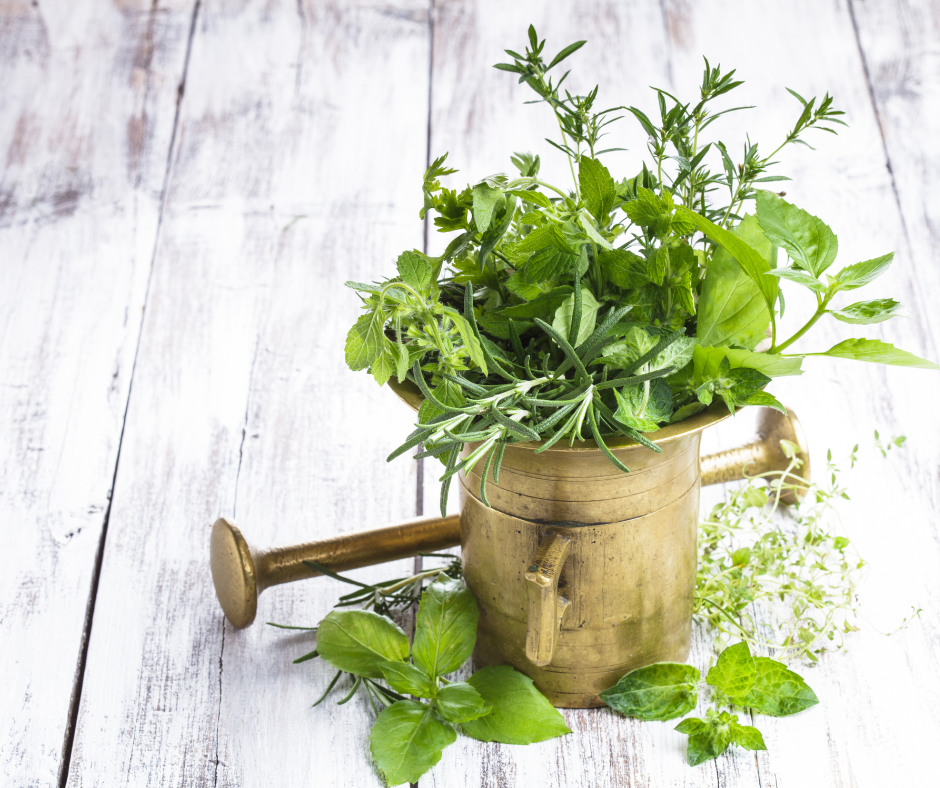Fresh herbs are one of the greatest joys of gardening. They don’t just elevate your cooking—they add fragrance to your garden, attract pollinators, and give you a sense of accomplishment each time you harvest a handful for dinner.
The best part? Herbs are among the easiest plants to grow from seed. Unlike some vegetables that demand space, support, and patience, herbs are generally fast, forgiving, and perfectly suited to pots, garden beds, or even a sunny windowsill.
At Cobbii Creek Farm, we’ve started countless herbs from seed and learned which ones perform best for beginners and seasoned gardeners alike. Today, we’ll share the 10 best herbs to grow from seed—including a few unexpected gems you may never have tried. Along the way, we’ll give you clear growing tips so you can enjoy an abundant harvest of fresh flavors all season long.
Why Start Herbs from Seed?
Starting herbs from seed is simple, cost-effective, and gives you a wider selection of varieties than what you’ll find at most nurseries. Benefits include:
Cost-effective: A packet of seeds often costs less than a single potted herb.
More variety: Access unique flavors and heritage varieties.
Resilient plants: Seed-grown herbs adapt to your garden conditions.
Continuous supply: Stagger sowing for fresh herbs year-round.
Top 10 Herbs to Grow from Seed
1. Basil
Why grow it?
Basil is a summer favorite, perfect for salads, pasta, and pesto.
How to grow: Sow indoors in early spring or outdoors once nights stay warm. Cover lightly, keep soil moist, and pinch tops regularly to encourage bushy growth.
Pro tip: Experiment with varieties like Lemon Basil, or Purple Basil for different flavors and colors.
2. Chives
Why grow it?
Mild onion-flavored leaves and purple blossoms that attract pollinators make chives a perennial garden favorite.
How to grow: Sow indoors or directly in the garden. Cover lightly with soil. Germination takes 7–14 days. Cut leaves close to the base to encourage new shoots.
Pro tip: Let a few plants flower—the blossoms are edible and great for salads.
3. Parsley
Why grow it?
Parsley is rich in nutrients and adds freshness to almost any dish.
How to grow: Soak seeds overnight before sowing, keep soil moist, and be patient—germination can take 3–4 weeks. Harvest outer leaves first.
Pro tip: Try both flat-leaf and curly parsley for culinary versatility.
4. Dill
Why grow it?
Dill adds unique flavor to pickles, fish, and salads. Its feathery foliage also attracts beneficial insects.
How to grow: Direct sow outdoors, thin seedlings to 20cm apart. Germination takes 7–14 days. Harvest leaves young, or collect seeds later.
Pro tip: Plant near cucumbers to naturally attract pollinators.
5. Coriander (Cilantro)
Why grow it?
Coriander has a fresh, citrusy flavor for curries, salads, and salsas. Its seeds double as a spice.
How to grow: Sow directly in cool weather, 1cm deep. Germination takes 7–10 days. Harvest leaves often; plant new seeds every 2–3 weeks to avoid bolting.
6. Thyme
Why grow it?
A hardy perennial, thyme thrives in dry, sunny spots and complements roasted vegetables, soups, and meat dishes.
How to grow: Sow on soil surface (needs light), germination may take 2–4 weeks. Transplant to sunny, well-drained spots and harvest sprigs as needed.
Pro tip: Pair with rosemary and oregano for a Mediterranean herb garden.
7. Lemon Balm
Why grow it?
Part of the mint family, lemon balm has a bright lemon scent, perfect for teas, desserts, and calming remedies.
How to grow: Sow seeds on the soil surface, keep moist until germination (10–14 days). Harvest young leaves regularly.
Pro tip: Plant in pots to control its spread—it can be quite vigorous.
8. Lovage
Why grow it?
Lovage is an old-fashioned herb with a strong celery-like flavor, perfect for soups, stews, and stocks. Tall, perennial, and visually striking in the garden.
How to grow: Sow indoors or outdoors, cover lightly, thin seedlings, and give plenty of space—it can grow over a meter tall.
Pro tip: Use young leaves raw in salads for a surprising twist.
9. Borage
Why grow it?
Borage is a bee magnet with cucumber-flavored leaves and striking blue flowers, perfect in salads, drinks, or ice cubes.
How to grow: Direct sow outdoors, cover lightly, and thin to 30cm apart. Self-seeds easily for years to come.
Pro tip: Plant near strawberries to improve pollination and flavor.
10. Shiso (Perilla)
Why grow it?
Shiso is popular in Japanese and Korean cuisine. Its flavor is a unique mix of mint, basil, and cinnamon. Red-leaf shiso makes a striking garnish.
How to grow: Sow seeds indoors, pressing them lightly into soil. Keep warm and moist. Transplant outdoors after frost.
Pro tip: Excellent for sushi, salads, pickles, and cocktails.
General Herb Growing Tips
Sunlight: Most herbs need at least 6 hours of direct sun daily.
Soil: Use well-drained soil enriched with compost.
Watering: Keep soil moist but avoid water logging. Potted herbs may need more frequent watering.
Harvesting: Frequent trimming encourages bushy, productive growth.
Companion planting: Many herbs repel pests and attract beneficial insects, supporting your whole garden.
Final Thoughts
Growing herbs from seed is one of the simplest ways to enjoy fresh, flavorful ingredients right from your garden. From fast-growing favorites like basil and chives to unusual gems like lovage, borage, and shiso, there’s a herb for every gardener, whether you’re just starting out or expanding your garden.
At Cobbii Creek Farm, we believe anyone can grow a thriving herb garden with the right seeds and guidance. Grab a few seed packets, follow these tips, and watch your garden—and your meals—come alive with flavour.

